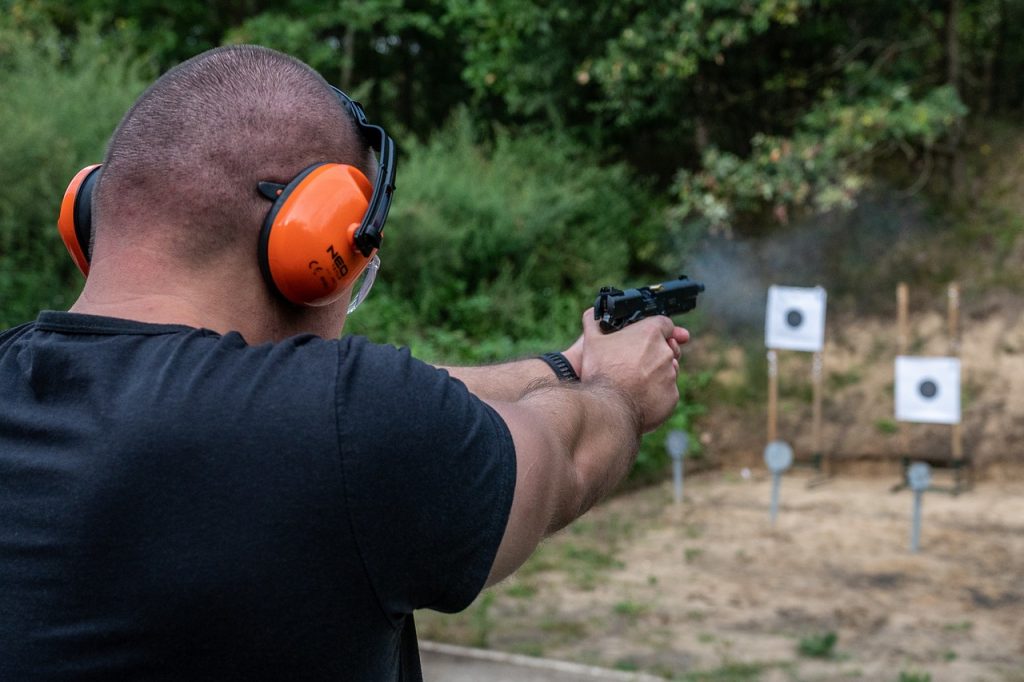When it comes to owning or carrying a handgun, responsibility is everything. Simply purchasing a firearm doesn’t prepare someone to use it effectively or safely. That’s where training comes in. Proper handgun training helps gun owners develop the physical and mental skills required to handle, carry, and—if necessary—use a firearm in defense of themselves or others. Training sharpens skills, builds confidence, and, most importantly, saves lives.
The Benefits of Handgun Training
Improved Safety: One of the most critical benefits of training is enhanced safety. Understanding how your firearm operates, safe handling protocols, and what not to do can prevent accidents at home or on the range.
Increased Confidence: Familiarity through repetition builds confidence. When you’re confident in your abilities, you’re less likely to panic or make poor decisions under stress.
Faster and More Accurate Shooting: Regular range time refines accuracy and improves reaction times. Being able to hit your target under pressure is a skill developed only through practice.
Understanding of Legal and Ethical Use: Training often includes discussions of legal responsibilities, escalation of force, and the ethical implications of defensive firearm use.
Mental Preparedness: Training instills the ability to stay calm, assess situations quickly, and respond appropriately—skills that are vital in any defensive scenario.
Designing a Personal Training Regimen
A structured training regimen doesn’t have to be complicated, but it should be consistent and goal-oriented. Here are a few key elements to help you get started:
Assess Your Starting Point: Be honest about your current skill level. Beginners need to focus on fundamentals like grip, stance, trigger control, and sight alignment.
Set Realistic Goals: Whether it’s drawing from concealment, shooting accurately under time pressure, or transitioning between multiple targets, clearly define what you’re working toward.
Schedule Regular Practice: Aim for at least one focused range session per month, and dry-fire practice weekly. Consistency matters more than intensity.
Keep a Training Log: Record what you practiced, what went well, and what needs improvement. This helps track progress over time and keeps training purposeful.
Include Reloads and Malfunction Drills: Real-life encounters are unpredictable. Practice clearing jams, reloading under stress, and making safe, efficient movements.
Training With Purpose: Quality Over Quantity
Every round fired should have a reason behind it. Mindless shooting at paper targets won’t help much in a high-stress encounter. Purposeful training means focusing on real-world skills and techniques.
Examples of Purposeful Training:
Draw and Fire: Practice drawing from your holster and firing accurately within a set time limit.
Movement Drills: Learn to shoot while moving, or move to cover between shots.
Low-Light Practice: If possible, practice shooting in reduced lighting conditions using a flashlight.
Verbal Commands: Incorporate verbal de-escalation into your drills to simulate real encounters.
Decision-Making Under Stress: Use “shoot/no-shoot” targets or scenarios that require quick judgment.
Choosing the Right Training Targets
Different targets help reinforce different skills. Incorporating a variety of targets makes training more dynamic and realistic.
Bullseye Targets: Great for accuracy and sight alignment training.
Silhouette Targets: Help you visualize human shapes and vital zones.
Reactive Targets (steel or resetting): Provide immediate feedback and add realism.
Photo-Realistic or Scenario-Based Targets: Useful for decision-making and judgmental shooting.
Moving Targets: Advanced shooters can challenge themselves with lateral or approaching target movement.
Final Thoughts
Owning a handgun is a serious responsibility, and without training, even the best intentions can lead to poor outcomes. Training isn’t a one-time event—it’s a continuous process that evolves as your skill and understanding grow. Whether you’re a new shooter or someone with years of experience, purposeful handgun training enhances safety, builds confidence, and ensures you’re truly prepared to protect yourself and those around you. Approach every practice session with intention, push yourself to improve, and remember that your training may one day save a life—possibly your own.

